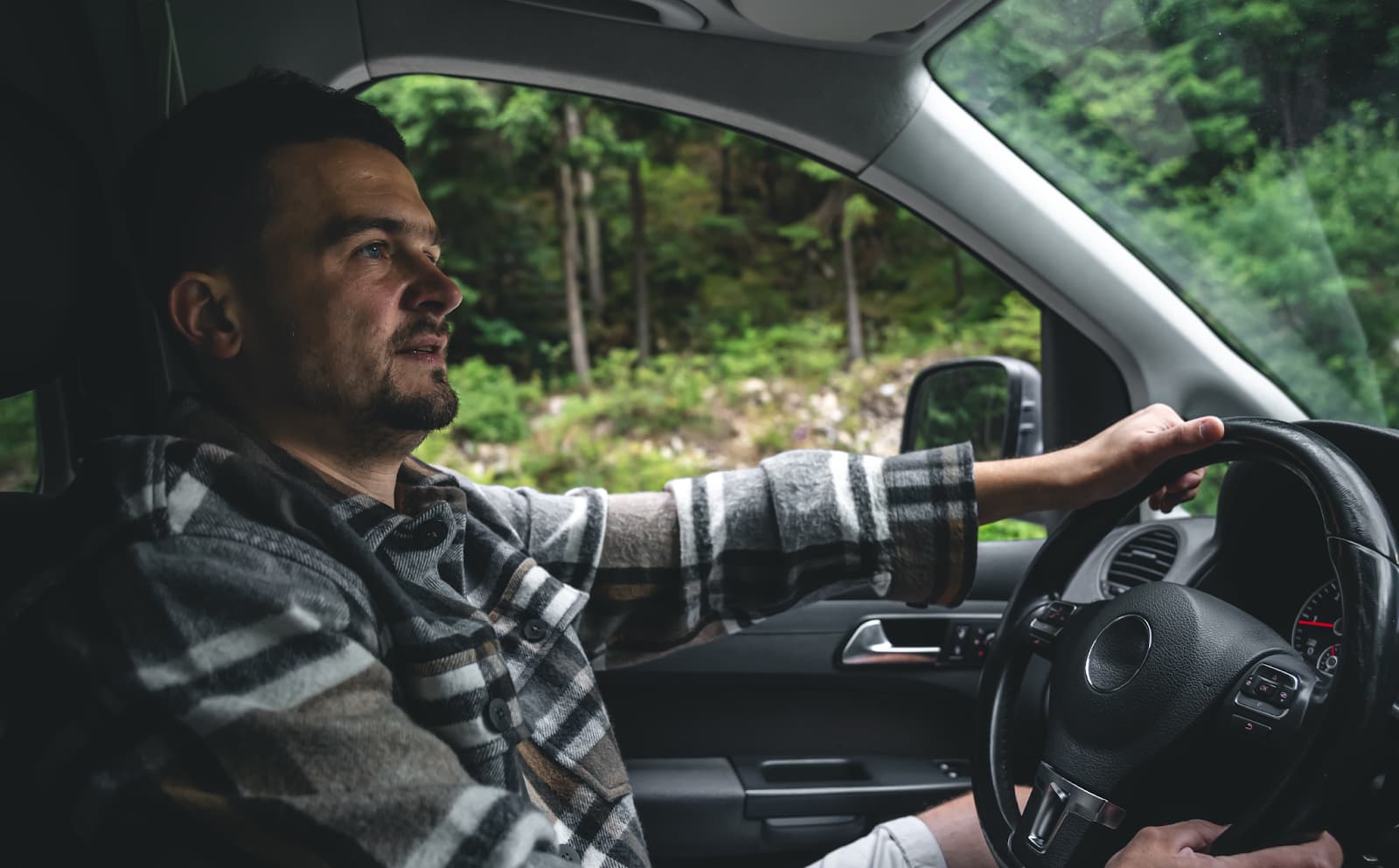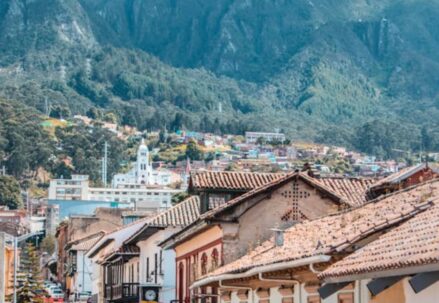Colombia is a country full of wonders and beauties waiting to be explored. While there are various ways to travel around the country, driving can be a convenient option for those looking for flexibility and independence. However, it’s important to be aware of the unique challenges and considerations that come with driving in Colombia to ensure a safe and enjoyable trip. In this article, we will discuss some do’s and don’ts for driving in Colombia, as well as provide tips on alternative transportation options to consider during your visit.
1. Watch out for public transport and bikers
Public Transport Behavior
Driving around major cities in Colombia, such as Bogotá or Medellín, can be a daunting task due to the behavior of public transport drivers. Many public transport drivers exhibit aggressive driving habits, including sudden lane changes and speeding. It’s important to stay alert and maintain a safe distance from these vehicles to avoid potential accidents.
Cyclists on the Road
In addition to public transport, cyclists are a common sight on Colombian roads. While some cities have designated bike lanes, many cyclists may still share the road with vehicles. It’s essential to exercise caution when driving near cyclists and give them ample space to maneuver safely. Be mindful of their presence and avoid sudden movements that could startle or endanger them.
Hiring a Private Driver
If you’re not comfortable navigating the chaotic traffic conditions in Colombian cities, consider hiring a private driver or using ride-sharing services. A local driver familiar with the roads and traffic patterns can help you navigate safely while allowing you to relax and enjoy the scenery. This option provides an added layer of security and convenience during your travels.
2. Driving in Colombia takes time
Traffic Congestion
One of the key challenges of driving in Colombia is dealing with heavy traffic congestion, especially during peak hours. Major cities like Bogotá and Medellín experience significant traffic jams, which can delay your travel plans and increase stress levels. Plan your routes carefully and allow extra time to reach your destination to account for potential delays.
Road Conditions
Another factor that can affect your driving experience in Colombia is the varying road conditions. While major highways are generally well-maintained, rural roads and mountainous regions may present challenges such as potholes, landslides, and narrow passages. Drive cautiously, especially in unfamiliar areas, and be prepared for unexpected obstacles along the way.
Navigation Tools
To make your driving experience smoother, consider using GPS navigation apps or renting a GPS device with your rental car. These tools can help you navigate unfamiliar roads, find alternate routes in case of road closures, and locate nearby amenities such as gas stations and restaurants. Stay informed about road conditions and traffic updates to avoid getting lost or stranded during your journey.
3. Security
Safety Precautions
When driving in Colombia, it’s important to prioritize your safety and take necessary precautions to protect yourself and your belongings. Keep your doors locked and windows rolled up, especially in urban areas known for petty theft and crime. Avoid displaying valuable items or leaving them unattended in your vehicle to minimize the risk of theft.
Emergency Contacts
Before embarking on your road trip, make sure to have a list of emergency contacts handy, including local police stations, hospitals, and roadside assistance services. Familiarize yourself with the local emergency numbers and procedures in case of accidents or breakdowns. Stay vigilant and report any suspicious activities or incidents to the authorities promptly.
Travel Insurance
Consider purchasing comprehensive travel insurance that includes coverage for medical emergencies, vehicle accidents, and theft. Having adequate insurance protection can provide peace of mind and financial assistance in case of unforeseen events during your trip. Review your policy details carefully and ensure that you understand the coverage limits and exclusions before setting off on your journey.

4. Long trips
Rest Stops
If you’re planning a long-distance road trip in Colombia, make sure to schedule regular rest stops to prevent fatigue and maintain your focus while driving. Take breaks every few hours to stretch your legs, grab a snack, and rehydrate. Use rest areas, gas stations, or roadside cafes to recharge and relax before continuing your journey.
Vehicle Maintenance
Before hitting the road for a long trip, inspect your vehicle thoroughly to ensure that it’s in optimal condition for extended driving. Check the tire pressure, fluid levels, brakes, lights, and wipers to avoid mechanical issues on the road. Pack essential supplies such as a spare tire, jack, jumper cables, and emergency tools in case of breakdowns or minor repairs.
Route Planning
Plan your route in advance and research the road conditions, weather forecasts, and potential detours along the way. Consider alternative routes or scenic drives to enhance your travel experience and discover hidden gems off the beaten path. Stay flexible and adaptable to unexpected changes in your itinerary, and embrace the spontaneity of the journey.
Conclusion
Driving in Colombia offers a unique opportunity to explore the diverse landscapes and vibrant culture of this captivating country. By following the do’s and don’ts outlined in this article, you can ensure a safe and memorable road trip through Colombia. Whether you choose to drive yourself, hire a private driver, or opt for alternative transportation methods, always prioritize safety, patience, and respect for local traffic laws. Embrace the adventure of driving in Colombia and create lasting memories on the open road.





